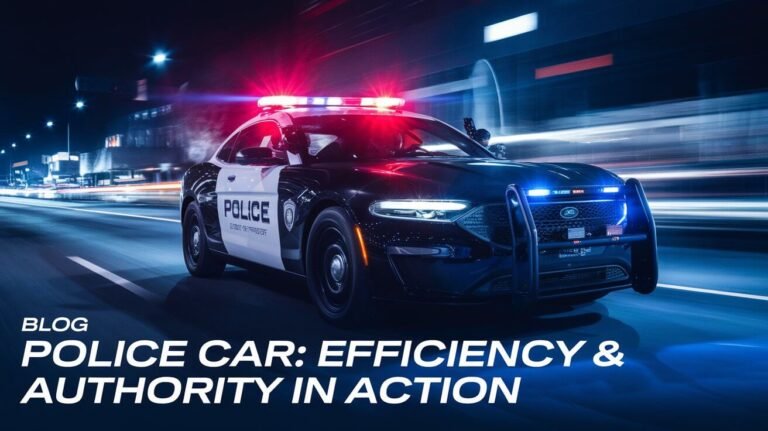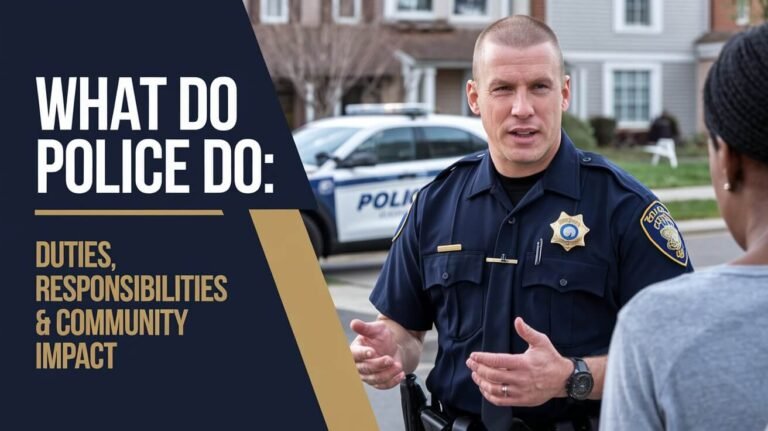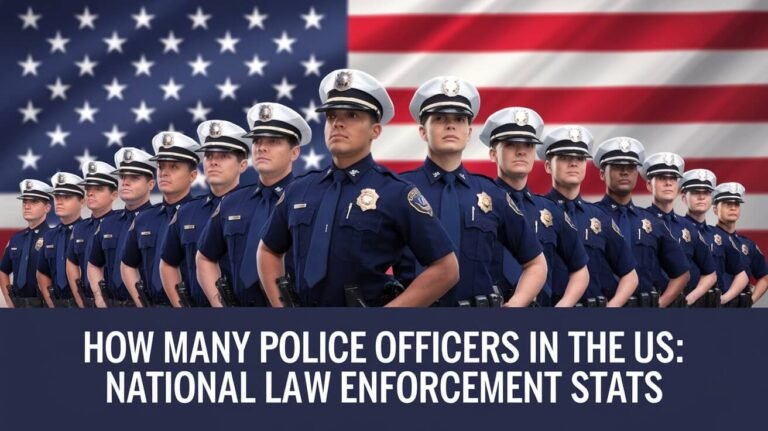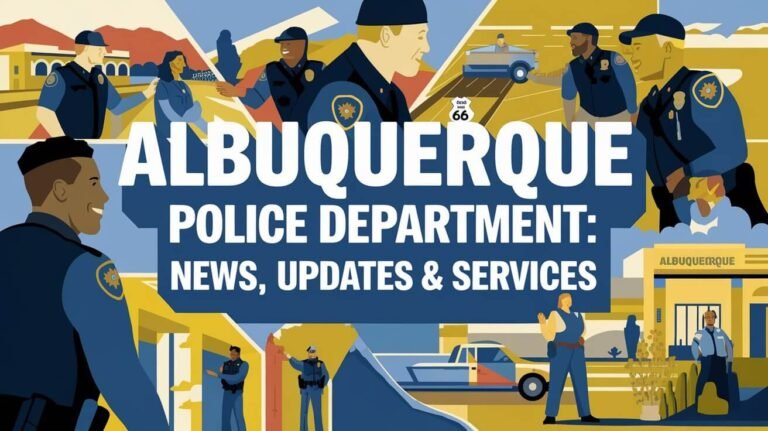Police Report: Filing, Procedures, and Documentation Tips
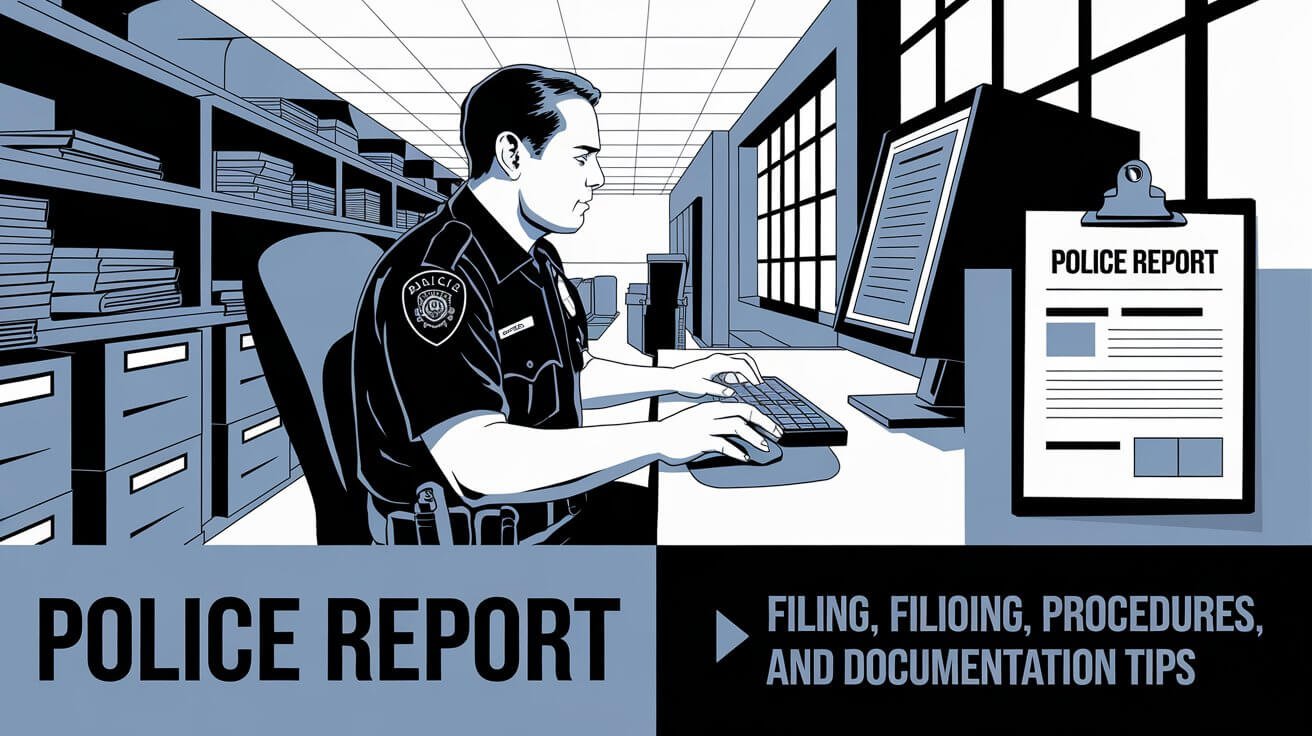
A police report is a key document that records crime or incident details. It plays a big role in keeping communities safe. By filing a report, people help police solve crimes, which helps keep everyone safe.
In the U.S., you can file a police report online, in person, by mail, or fax. Some reports cost money, like those sent by mail or email.
Police reports are very important for community safety. They give a clear picture of what happened, including actions, witness statements, and evidence. Good report writing helps prosecutors build strong cases.
Knowing about police reports helps us prevent crimes and keep our communities safe. It’s all about staying informed and taking action to protect ourselves and others.
Components of a Police Report
A police report is a key document that includes many parts. These parts help us understand what happened in a crime or incident. The report is made to give a clear and simple account of what happened.
Looking at a police report, we find important details. These include the date, time, and where the crime happened. The officer’s notes are also key, as they tell us what they saw. Plus, statements from witnesses can give us more insight into what happened.
Fundamental Aspects of a Police Report
- Incident details: date, time, and location of the crime
- Officer observations: notes and statements made by the responding officer
- Witness statements: accounts from individuals who witnessed the crime or incident
It’s important to know what a police report includes. By looking at these parts, we can understand what happened better. This info is useful in many situations, like insurance claims, court cases, and keeping ourselves safe.
| Component | Description |
|---|---|
| Incident Details | Date, time, and location of the crime |
| Officer Observations | Notes and statements made by the responding officer |
| Witness Statements | Accounts from individuals who witnessed the crime or incident |
Knowing the value of a police report’s parts helps us use the information wisely. It makes understanding the report easier and more effective.
Reading Official Police Documentation
Reading police reports can be tough, but it’s key to know how to do it. These reports give us important info on safety in our communities. They include details on incidents, who was involved, what witnesses said, and the evidence found.
To get the most out of police reports, you need to know what they look like. A typical report has a summary of the incident, what the officer saw, and any evidence or witness statements. Knowing this helps you find the important stuff faster.
For instance, the Los Angeles Police Department makes it easy to get police reports. When you read them, look for the key info like where and when the incident happened. Also, check out any witness statements or evidence found.
| Component | Description |
|---|---|
| Incident Summary | A brief overview of the incident, including the date, time, and location |
| Officer Observations | The officer’s notes and observations about the incident |
| Witness Statements | Statements from witnesses, including their contact information and account of the incident |
| Evidence | A description of any physical evidence collected, such as photos, videos, or physical items |
Learning to read police reports can give you a better understanding of safety in your area. It’s useful for anyone who wants to know more about what’s happening in their community. Whether you’re just curious or doing research, police reports offer a unique look at law enforcement and community trends.
Public Access Rights to Police Reports
Knowing how to get police reports is key for those looking into incidents or crimes. The freedom of information act lets people ask for public records, like police reports. But, there are rules and privacy laws that vary by state.
In the U.S., how much you can see of police reports changes from state to state. For example, California lets you see more, like police officers’ criminal records. But, other states have laws that make it hard to get these reports.
State-Specific Regulations
State laws are very important when it comes to police reports. For example, in 2022, Pennsylvania saw a big jump in appeals for police records. This shows how key it is to know the laws in your state.
Freedom of Information Act Applications
You can ask for police reports using the freedom of information act. Just fill out a form and wait for the agency to get back to you. In Pennsylvania, you can use the PSP form or the Office of Open Records form.
Privacy Restrictions
There are rules to keep personal info safe, like who was involved in a crime. These rules might make it harder to see some police reports. You might need to explain why you want to see them.
| State | Public Access Rights | Restrictions |
|---|---|---|
| California | More access to police records | Restrictions on sensitive information |
| Pennsylvania | State-specific regulations apply | Restrictions on access to certain records |
In short, getting police reports depends on state laws, the freedom of information act, and privacy rules. Knowing these things is important if you want to see police reports.
Requesting Your Police Report Copy
To get a police report copy, start by asking the right authorities. This step is easy but needs some details. You’ll need to give your name, the incident number, and a valid ID.
For some crimes, you can file a report online. For example, crash reports can be asked for online through PayIt. Here’s how to ask for a police report copy:
- Go to the website of the relevant authorities, like the Department of Motor Vehicles (DMV)
- Fill out the forms and give the needed documents, like a valid ID
- Send in your request and pay the fees, which include a $3 fee per online transaction plus a 1.85% card processing fee
Not all police report requests are approved. The DPPA lets you get unredacted crash reports for certain uses. If your request is for a legal use, you’ll need a notarized statement. Without it, you might only get a redacted report. Knowing how to request a police report helps you get the right documents for your needs, like insurance claims or staying safe in your community.
Crime Statistics and Neighborhood Safety Data
It’s important to know about crime statistics and neighborhood safety. The Los Angeles Police Department offers this information. It helps us understand trends and patterns in our communities.
Crime mapping tools are key for visualizing this data. They show us where and when crimes happen. For example, the Community Crime Map shows crime reports from the Columbus Division of Police.
Accessing Crime Data
To get crime data, visit the Daily Crime Log. It’s available for each Ohio State campus online. The log lists the date, time, location, and nature of crimes.
Using Crime Mapping Tools
Crime mapping tools help us spot high-crime areas. They also show how crime patterns change over time. By analyzing this data, we can make our communities safer.
- Improved community awareness of crime trends and patterns
- Enhanced collaboration between law enforcement and community members
- Data-driven decision making for community safety initiatives
Using crime statistics and safety data, we can make our communities safer. Crime mapping tools are a big help in this effort. They make a real difference in keeping our communities safe and informed.
Digital Police Report Systems
Law enforcement agencies are now using digital police report systems. These systems let people file reports online, saving them from having to go to the police station. For example, the Riverside Police Department has an online system. It lets residents file reports from home.
Online reporting systems have many advantages. They are available 24/7 and cut down on wait times. People can file reports whenever they want. This helps police use their resources better.
These systems also keep reports safe and organized. This makes it easier for officers to find and use the data.
Some key features of digital police report systems include:
- Online submission of reports
- Automated report tracking and updates
- Secure storage and management of reports
- Advanced search and analytics capabilities
The Arlington County Police Department says these systems can handle many types of incidents. This includes crash reports, credit card fraud, and identity theft. These systems are easy to use, thanks to clear instructions and simple interfaces.
Digital police report systems are becoming more important in law enforcement. They help police departments work better, respond faster, and serve the community better. More and more agencies are switching to online reporting because of its benefits.
Insurance Claims and Police Reports
Filing insurance claims in New York? Knowing about police reports is key. While not mandatory, a police report can help your case. To get one, ask within 30 days of the accident.
Claims need a police report for details like where, when, and who was involved. You might also add video, photos, medical records, and expert opinions. These help make your claim stronger.
Critical Types of Evidence
- Video footage of the accident
- Photographic evidence of the accident scene
- Medical records from emergency treatments
- Expert testimony
Your insurance might ask for the police report. Tell them about the accident quickly, usually within a few days. This helps avoid problems with your coverage.
| State | Police Report Requirement | Fee for Police Report |
|---|---|---|
| New York | Not required, but recommended | $22 (unless in 5 Boroughs of New York City, where it’s free) |
Understanding how insurance claims and police reports work can make your process smoother. It also boosts your chances of a good outcome.
Personal Safety and Prevention Tips
The Los Angeles Police Department says community safety tips are key to keeping us safe. It’s important to stay informed and take action. For example, locking doors can cut burglary risk by over 30%. Also, avoiding dark alleys and secluded paths can lower assault risk by about 20%.
Reporting suspicious activities can help police solve crimes by 10-15% in cities. You can report crimes to the police, like the IUP Crime Tip Hotline: 724-357-2255 for anonymous tips. The University Police also offers an escort service for those walking alone at night. Emergency blue light call boxes are across campus for quick emergency access.
Here are some more personal safety tips:
- Walking in pairs or groups, even at night, can lower crime risk by 50% for those alone
- Avoiding distracted walking, like using phones or wearing headphones, can prevent accidents
- Carrying only small amounts of cash and not leaving valuables in sight can prevent theft
- Sharing class schedules and contact numbers with trusted family or friends
- Attending social gatherings with friends and leaving together
Following these tips and staying informed, we can help keep our community safe. Remember, every crime report is important, no matter how small. Trust your instincts and seek help if you feel unsafe.
| Prevention Tip | Effectiveness |
|---|---|
| Keeping doors locked | Reduces burglary risk by 30% |
| Walking in pairs or groups | Reduces crime risk by 50% |
| Regular reporting of suspicious activities | Increases police clearance rates by 10-15% |
Conclusion: Empowering Community Safety Through Information
Police reports are key to keeping our communities safe. They help us understand local crime trends. This way, we can take steps to prevent future crimes.
This article has shown how to get police reports and analyze crime data. It also shared personal safety tips. Now, readers know how to stay safe.
The St. Petersburg Police Department has a rich history. It started in 1903 with just 5 officers. Today, it has nearly 500 sworn officers and 200 civilians.
The department covers over 60 square miles and serves more than 250,000 people. It uses community policing to build trust and reduce crime.
Police reports are vital for public safety. They help us stay informed and work together. By taking proactive steps, we can make our neighborhoods safer.
Participating in neighborhood watch programs is important. Staying updated on local crime data also helps. Together, we can build a safer community.



